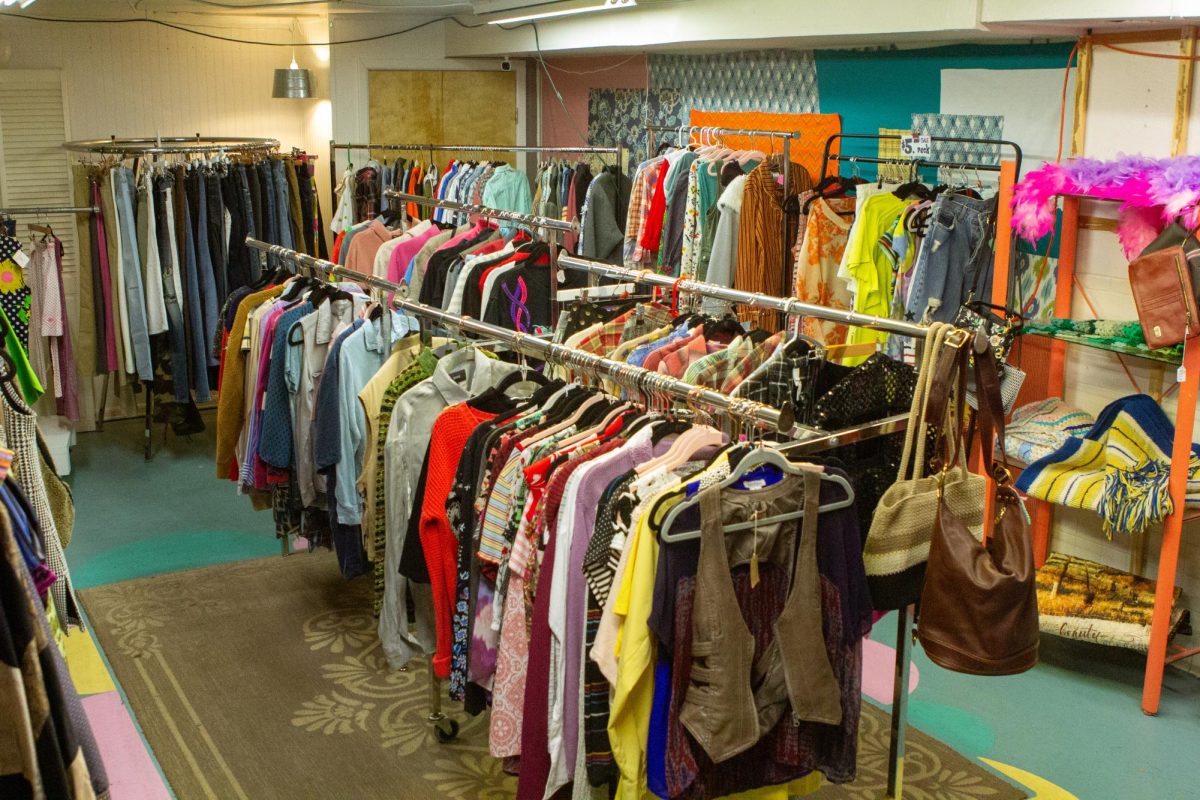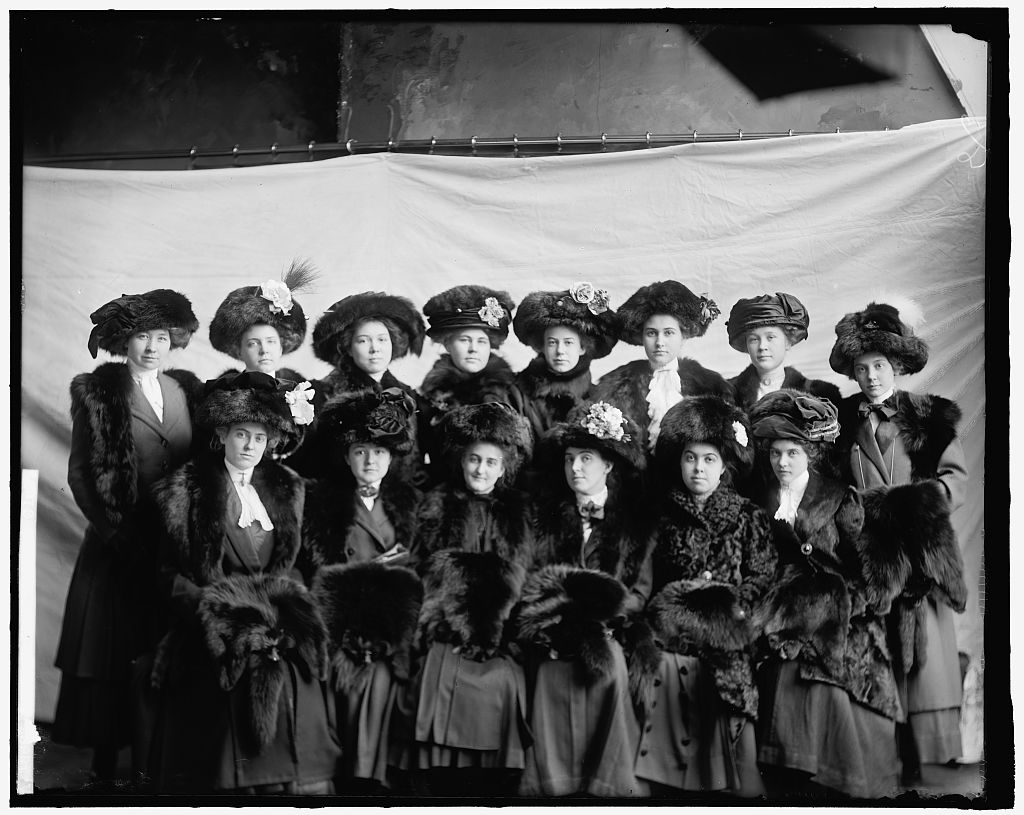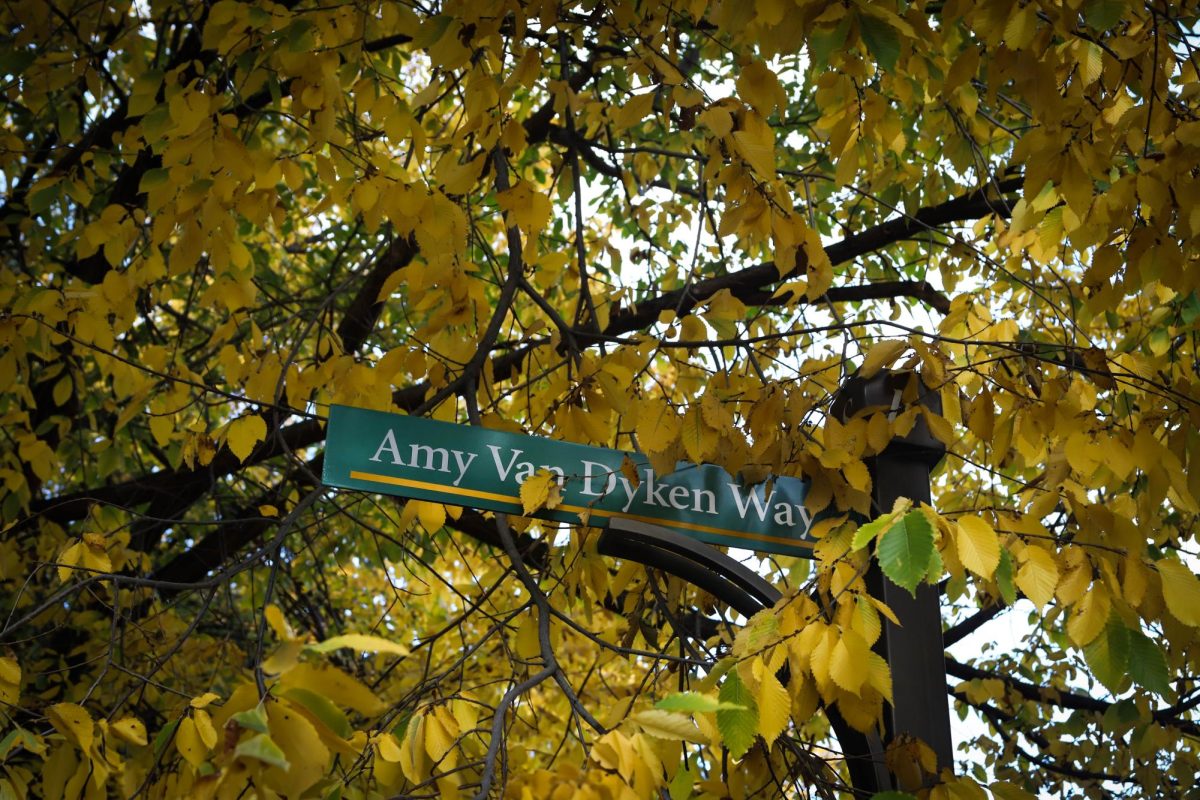Throughout the United States of America’s early history, women were dependent upon their husbands, had no property rights, and were not allowed the opportunity to vote. After years of oppression, notable women like Susan B. Anthony, Lucy Stone, and countless other brave members of the Women’s Suffrage Movement worked to obtain their respective freedoms. But are they still guaranteed today?
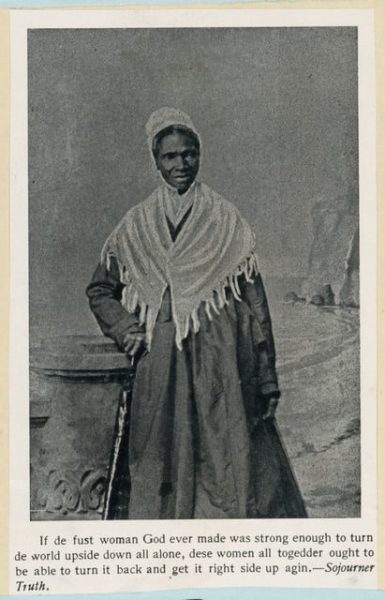
In 1848, 68 women and 32 men held the United States of America’s first women’s rights convention inside Wesleyan Chapel, in Seneca Falls, New York. There, they signed a Declaration of Sentiments, which included a long list of grievances, with the intention to grant women the same rights and freedoms that the Declaration of Independence granted men. This landmark convention set the stage for the future of female liberation in the USA.
For decades, the women of the United States were beaten down, neglected, and labeled as unintelligent. Their voices, held captive by a government that did not care for them.
Sojourner Truth, a formerly enslaved woman and powerful activist in the 1800s said, “If the first woman God ever made was strong enough to turn the world upside down all alone, these women together ought to be able to turn it back, and get it right side up again! And now they are asking to do it, the men better let them,”
Men saw women to be too emotional or not smart enough to be active participants in the political landscape of the country. In defense, Truth delivered her famous “Ain’t I A Woman?” speech at the 1851 women’s rights convention.
In her speech, she dissected the imprisoning double standards that men expect of women. Men believed women should be coddled and helped into carriages, but Truth never experienced that as a black woman. Instead, she depicts the severe juxtaposition of how men thought women should be treated in society, versus how she had been treated as a black woman.
Backlash was inevitable for the movement and in the late 1800’s the anti-suffragist movement was started, including both men and women. Some women around the country were threatened by the idea of extending voting rights to women. Even prominent women like Ellen Sherman, wife of General William Tecumseh Sherman, were opposed to the notion of voting becoming a “natural right”. Those who took a stand against the right to vote believed that women becoming politically active would tear apart their important roles as wives, mothers, and educators.
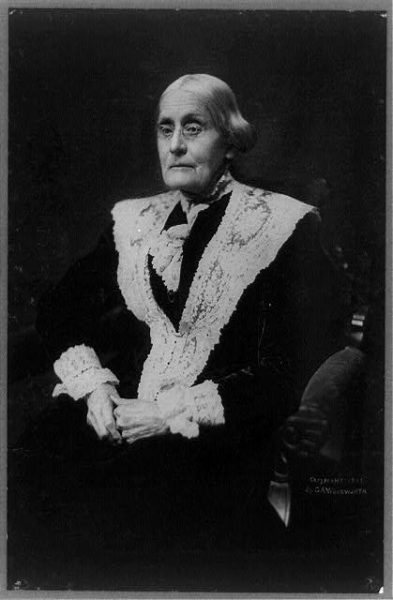
By the time World War One came around, there had been substantial growth in the movement. Susan B. Anthony had been arrested for attempting to vote, Congress introduced a Women’s Suffrage Amendment, and Theodore Roosevelt’s Bull Moose party became the first national political party to support women’s suffrage.
In 1913, suffragists organized the first public demonstration in the nation’s capital for the women’s suffrage movement. They referred to the parade as a “march in a spirit of protest against the present political organization of society, from which women are excluded.”
“People forget that American suffragettes protested at the White House during WWI and were called unpatriotic,” Matthew Hitt, political science professor at Colorado State University said. “Some were arrested. Alice Paul, amongst others, went on hunger strikes. The campaign was polarizing and not universally popular. But these activists did demonstrate that significant constitutional change is in fact possible in this country, even in the face of considerable opposition.” By 1916, women were still refused the right to vote. This made it that much more confusing when the state of Montana, elected Jeanette Rankin to be the first woman elected to the House of Representatives. This sparked the question that was thought of by the nation’s founding fathers over a century ago: If we are not allowed to vote, how can we be voted for?
After 72 years of struggle and retaliation, the 19th Amendment was officially ratified and became the newest addition to the Constitution, granting women the right to vote. The 19th Amendment states that the right to vote can not be denied or abridged on the basis of sex.
“The 19th Amendment was a vital step towards more fully instantiating the promises made in America’s founding documents,” Hitt said.
How does the 19th Amendment affect voters today?
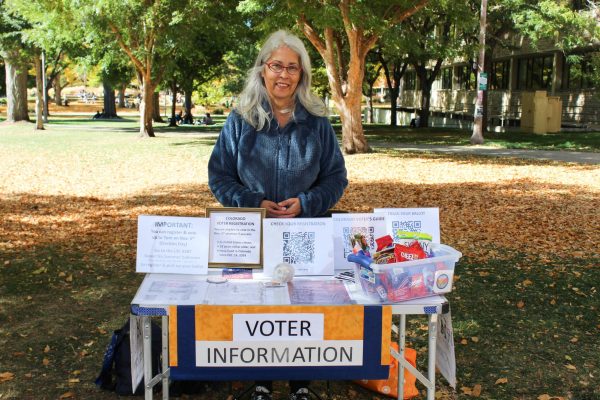
With the 2024 Presidential Election on the horizon, it is important to understand the history of voting in America, along with how that history affects female voters today. In today’s political landscape women are beginning to break through the glass ceilings in various political careers. While other women are beginning to utilize their voices more and more. Along with more representation, women are also facing more policies that affect them directly. All these factors contribute to women’s high incentive to vote.
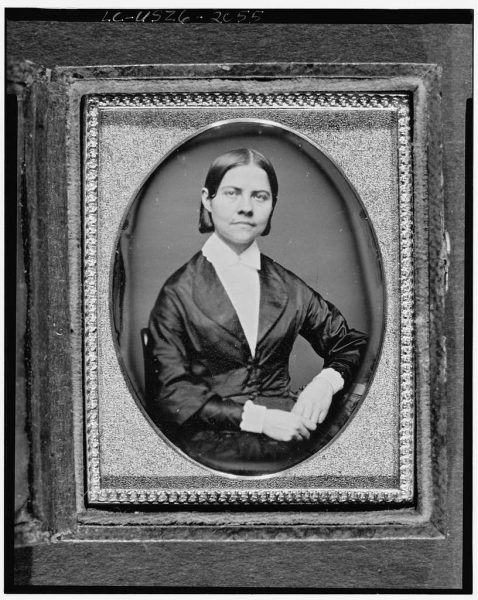
Studies starting in the 1960s by the Center for American Women and Politics, display that voter turnout among women is higher than that among men. This is a multi-faceted trend with no definitive conclusion as to why it takes place. Hitt believes that “one prominent partial explanation is that higher levels of education tend to be strongly associated with higher voting turnout. As Women access higher education at greater and greater rates, we’d expect that this relationship should be mirrored in turnout data.”
It makes sense that women have a strong incentive to race to the polls. After years of being denied from voting booths, and policies that directly affect the future of women in the country, there is ample reason to be at the polls on the first Tuesday in November.
Empowering female voices around the country is crucial to democracy. “In a free society, it is imperative that all people enjoy the same rights and privileges as anyone else,” Hitt said. “To disenfranchise an enormous swath of people from the process is a grave injustice.”
Hitt claims that “Women’s voices encompass a remarkable diversity of perspectives, ideologies, and life experiences. Our politics and culture would be infinitely poorer without this remarkable diversity.”
















